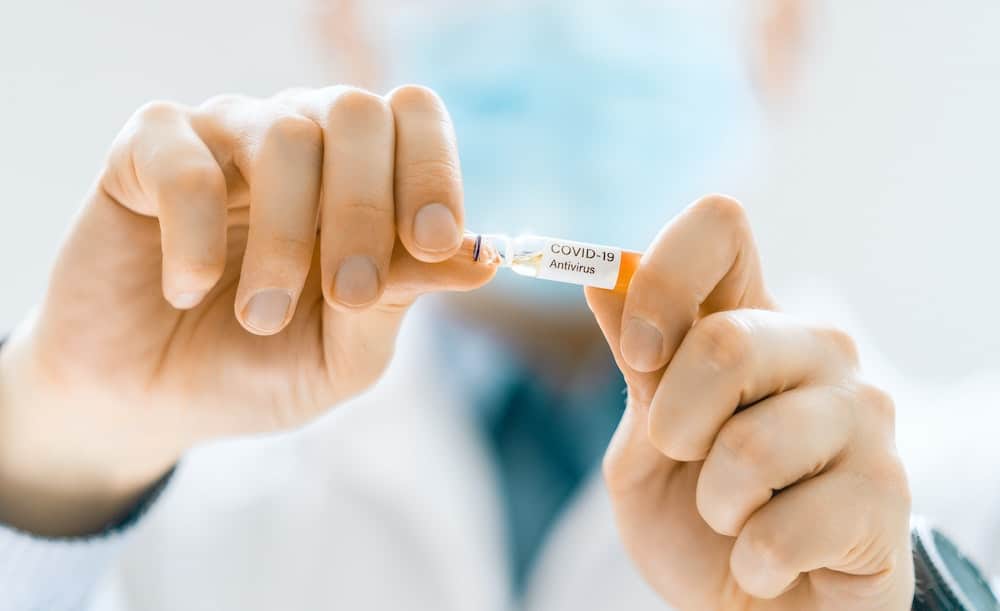What detailed strategies should a UK jewelry business adopt to prevent counterfeit sales?

Introduction:
Over the past few years, the problem of counterfeit products has become a rising concern for businesses and consumers alike. This illicit practice doesn't just affect high-value commodities, but all sectors of the economy - from tech gadgets to fashion accessories and even jewelry. Counterfeiting threatens the integrity of reputable brands, damages consumer trust, and leads to significant financial losses for businesses. This article will provide a comprehensive guide for UK jewelry businesses on how to prevent counterfeit sales. We'll bring into focus the practical strategies that will help protect your brand, secure your goods, and safeguard your company's reputation in the online retail space.
A voir aussi : How can a UK micro-distillery navigate liquor licensing and product safety regulations?
Understanding the Threat of Counterfeit Goods
Before you can effectively combat counterfeiting, it's crucial to understand the scale of the issue and how it affects your business. Reports have shown that the global trade in fake goods is worth around half a trillion dollars per year, with jewelry and watches accounting for a significant proportion of this. Digital platforms and online marketplaces have made it easy for counterfeiters to peddle their products, reaching a vast number of unsuspecting consumers.
Counterfeit jewelry not only erodes your brand’s reputation but also poses serious risks for consumers, such as skin reactions and other health hazards due to substandard materials and poor craftsmanship. Therefore, it's crucial to address this issue promptly and decisively.
Sujet a lire : How does a UK company dealing in antiques comply with the Export Control Act?
Implementing Anti-Counterfeiting Measures
The first line of defense against counterfeiting is to implement robust anti-counterfeiting measures. This often involves a blend of technological solutions and legal protections. Consider using security measures like holograms, RFID tags, or unique serial numbers that are difficult to replicate. Additionally, ensure you register your brand trademarks and design patents. Legal protection will enable you to take swift action against counterfeiters should they reproduce your designs.
Working with law enforcement agencies and customs officials can also be helpful. Provide them with detailed information about your products to help them distinguish genuine items from fakes. Regularly updating them about your latest designs and security features will ensure they're better equipped to halt counterfeit goods at the borders.
Product Verification and Consumer Education
Another effective way to combat counterfeiting is through product verification. By providing a system that allows customers to authenticate the products they've purchased, you can significantly reduce the chances of them falling victim to counterfeit scams. Options include using a verification app that scans product codes or QR codes linked to a secure database. This works alongside your other security measures to provide a multi-layered defense.
Equally important is educating your consumers about the dangers of counterfeit products and how to spot them. Inform them about the unique elements of your product designs, the quality of materials used, and how to check for official brand markings. The more knowledgeable your customers are, the less likely they are to be duped by counterfeiters.
Online Vigilance and Brand Protection
The internet has created a vast marketplace for counterfeit goods. As such, maintaining a strong online presence is crucial for protecting your brand. Regularly monitor online platforms for products falsely bearing your brand name and engage the services of an online brand protection agency if necessary. They'll help you identify and take down counterfeit listings, and possibly track down the counterfeiters.
Moreover, consider adopting a direct-to-consumer approach for your online sales. By controlling your distribution channels, you limit the opportunities for counterfeiters to infiltrate the market.
Building Strong Relationships with Retailers and Suppliers
Finally, work on forming strong relationships with your retailers and suppliers. Collaborate with them to ensure they, too, are vigilant against counterfeit products. Having a strong, transparent relationship will make it easier to trace and remove counterfeit products from the supply chain.
In conclusion, while counterfeiting is an ongoing battle, by implementing these strategies, you're placing your business in a strong position to combat this issue effectively. Remember, the focus should not just be on identifying counterfeit products but also preventing them from entering the market in the first place. By taking a proactive stance, you can protect your brand's reputation, ensure your customers' safety, and secure your business's financial health.
Collaborating with Anti-Counterfeiting Organizations
Collaboration is a powerful tool in the fight against counterfeit goods. Therefore, joining hands with anti-counterfeiting organizations can significantly bolster your efforts. These organizations work tirelessly to protect the rights of legitimate businesses and ensure that consumers have access to genuine products.
Becoming a member of these organizations provides various benefits. For one, they often engage in lobbying efforts to encourage stricter regulations against counterfeiting. Additionally, they conduct research and provide resources to educate businesses and consumers about the dangers of counterfeit goods. They also assist in enforcement actions, working in tandem with law enforcement agencies to track down and prosecute counterfeiters.
Moreover, anti-counterfeiting organizations can provide invaluable support in instances of intellectual property theft. Many of these organizations have legal experts who can guide you through the process of protecting and enforcing your intellectual property rights. By leveraging these resources, you can effectively safeguard your designs and brand from counterfeiters.
Finally, being part of such an organization sends a strong message to counterfeiters. It shows that you are committed to the fight against counterfeit goods and will not hesitate to take legal action if necessary. This can act as a deterrent, thereby reducing the risk that your products will be targeted.
Enhancing Inventory Management Systems
An effective inventory management system can help prevent the infiltration of counterfeit goods into your supply chain. This system should be capable of tracking products from the moment they are produced until they reach the consumer.
Investing in advanced technology such as blockchain can provide a transparent and tamper-proof record of your product's journey. This technology can record every transaction and movement of the product, making it nearly impossible for counterfeit goods to go undetected. Each legitimate product can be assigned a unique digital ID, providing a clear record of its authenticity.
Furthermore, adopting strict supplier vetting processes can also aid in preventing counterfeiting. This process should involve thorough scrutiny of the supplier's background, reputation, and previous dealings. This helps in ensuring that you are only sourcing materials and products from reputable suppliers, thereby reducing the chance of counterfeit goods entering your supply chain.
Moreover, regular audits of the inventory can also assist in identifying and removing fake goods. These audits allow for detailed inspection of the inventory, identifying any discrepancies, and taking swift action to rectify them.
Conclusion
The fight against counterfeit goods is undoubtedly challenging, but it's a battle worth fighting for the sake of your brand's reputation, customer safety, and financial health. By implementing robust security measures, educating consumers, maintaining online vigilance, fostering strong relationships with retailers and suppliers, collaborating with anti-counterfeiting organizations, and enhancing your inventory management system, you can effectively reduce the risk of counterfeit goods infiltrating your business.
Remember, the key to successful fraud prevention is being proactive rather than reactive. By taking these steps, you are not just dealing with counterfeit products, but also preventing them from entering the market. This not only safeguards your business but also contributes to the larger fight against counterfeit goods, making the market safer for all.
